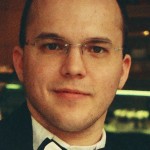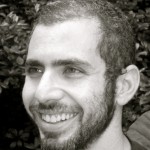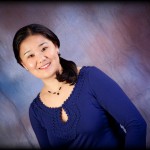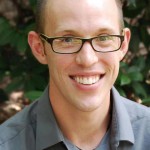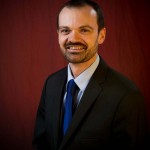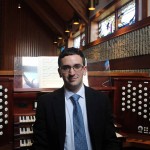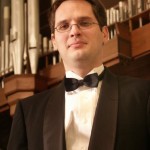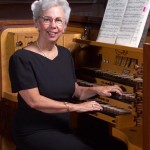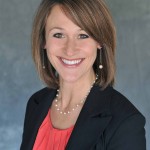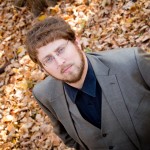Bouquet on the Skyscraper: Bach’s Ornamentation and Our Era
This presentation reviews: the relation between the ornament’s character and tempo as a new tool of understanding text; Marpurg’s writings on the structural role of ornaments; metrics, character of Bachian ornaments, and their role in determining tempo; and conflicts between our tempo feeling and the tempo suggested by the ornaments—the dialectic struggle of instinct and intellect in the interpretation of the signs. The presentation includes case studies from Bach’s organ works, demonstrating the problems at hand.
Sebestyen Nyiro’s credentials include: B.A., M.M., M.A., Sc.L., pianist, organist, translator, and editor. He is a DMA candidate at the University of Connecticut, M.S.M. candidate at both Boston and Zurich universities, and MBA candidate at Providence College. He has held positions at St. Matthew Lutheran Church (Avon, Connecticut), St. Mary and St. Ann Roman Catholic parishes (New Britain, Connecticut), and Holy Trinity UMC (Danvers, Massachusetts), and is currently organist at Thomaskirche, Basel, Switzerland. His annotated translation of Hans Klotz’s book on Bach’s ornamentation was published in Hungary in 2011. Television and radio broadcasts (DCAT, MTV Budapest, Telebasel, WMNR Fine Arts Radio/CT, MR Budapest) give account of his work. New York Concert Review compare his “unusual, compelling new recording” of Bach’s Goldberg Variations to those of Gould’s and Arrau’s, describing him as “supreme talent.” As a chamber musician, he works with Alexandre Dubach, Mark Varshavsky, P.-L. Graf, and the Balkanyi Quartet.

